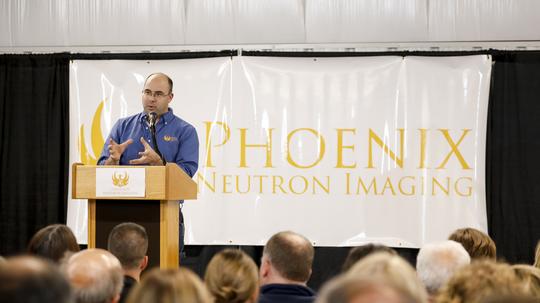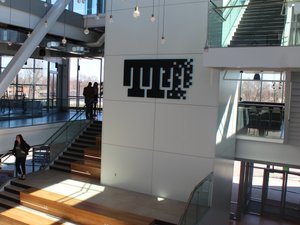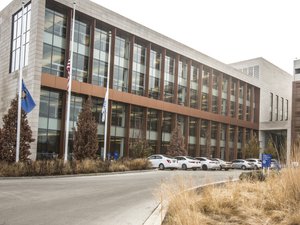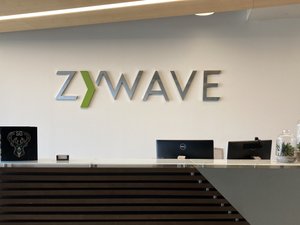
Nuclear technology company, Phoenix LLC, has opened a state-of-the-art neutron imaging center in Fitchburg after breaking ground roughly one year ago.
The Phoenix Neutron Imaging Center (PNIC) spans 10,000 square feet and is the first such industrial radiography facility to provide both X-ray and neutron imaging services, according to the company.
“Phoenix’s advancements in fusion neutron sources provide a more accessible, less burdensome alternative to reactor facilities for neutron imaging, neutron activation analysis, and radiation effects testing,” the company said in a released statement.
Neutron imaging technology was formerly billed “cumbersome and unwieldy” compared to other radiography techniques due to its reliance on nuclear reactors, the company said.
Neutron imaging, also known as N-ray, is used in non-destructive testing applications. The method is similar to X-ray technology but relies on neutron radiation, rather than an electron source, and is better at “showing light materials within dense materials” than X-rays.
“Neutrons will pass through some materials that X-rays cannot, whereas X-rays will more easily pass through materials that neutrons cannot,” the company explains on its website. “As a result, these two radiography methods will both show details you’d overlook if you only used one of them.”
The technology, first pioneered in the 1930s, is heavily used in the aerospace and defense industries.
A Phoenix spokesperson explained that N-ray technology can be used in military applications to ensure munitions are safe before they are sent out for use by U.S. troops, for example. An N-ray can detect cracks or bubbles that could otherwise cause rounds to fail in the field.
It can also be used to test the cooling functions of aircraft turbine blades, which need to stay below melting points. Turbine blades contain hollowed out tubes in the center to effectively push air through the big turbine engines on jets; any blockages in the tubes could cause overheating and lead to “catastrophic” events, such as engine failure.
“PNIC represents a critical milestone on Phoenix’s journey to make high-performance, reliable, and safe nuclear technology more broadly available to any industry,” said Evan Sengbusch, Phoenix president. “This facility will provide unprecedented access to a wide range of industrial radiography methods to non-destructive testing professionals in many manufacturing industries.”
The company held a Grand Opening earlier this month, where Phoenix CEO Ross Radel, Sengbusch, and other Phoenix senior executives, joined local dignitaries and U.S. Army and aerospace representatives, for a ceremony and facility tour in Fitchburg’s Uptown neighborhood.
Phoenix plans to open a new 50,000-square-foot corporate headquarters on the same plot in 2020, where it will add about 50 new employees to meet the growing demand for its accelerator systems, the company added.








